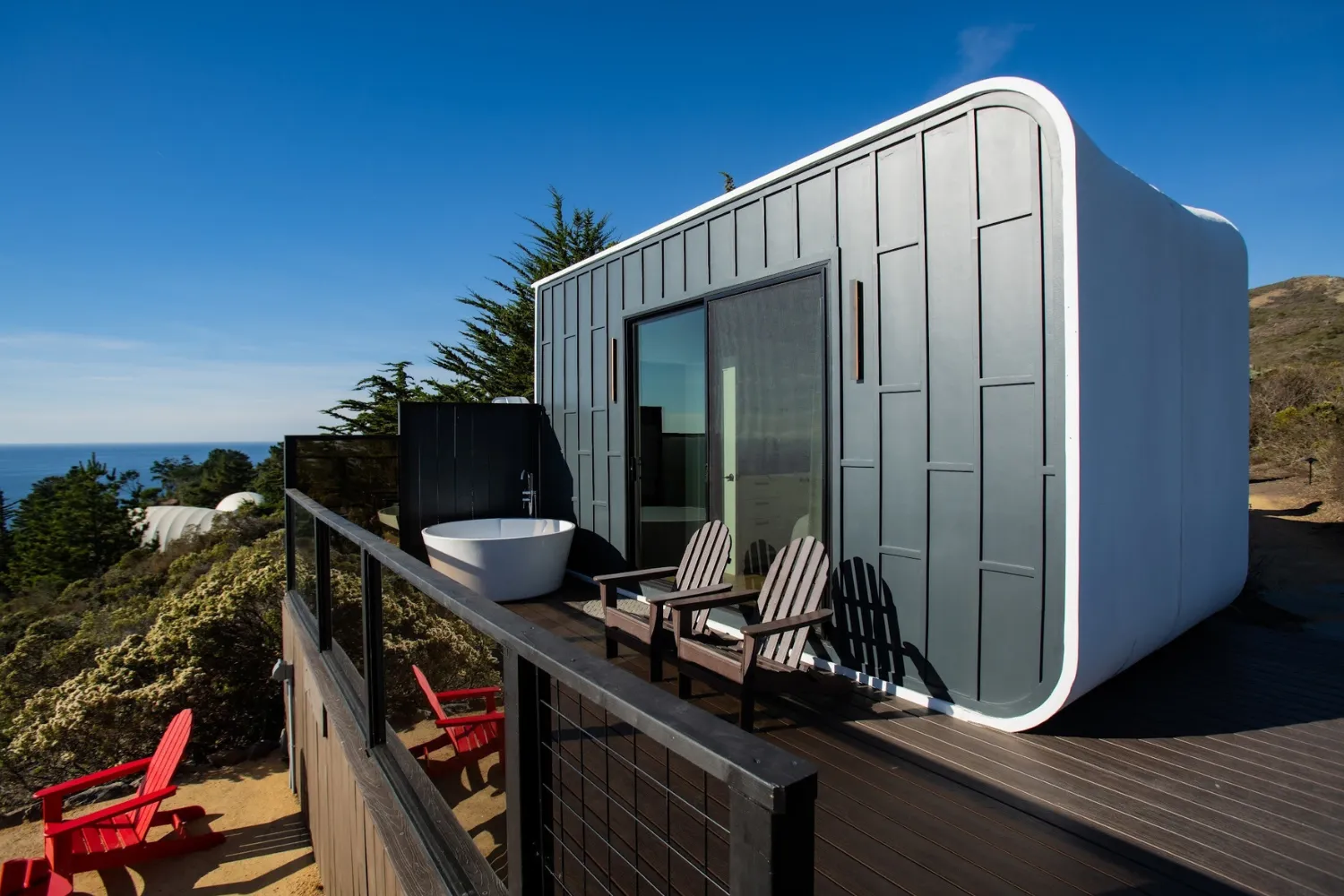Affordable Homes: 3D Printing Innovates Housing Market

Transforming Housing with 3D Printing
As the United States grapples with a significant housing shortage, new technologies are emerging to address the issue—one of which is 3D-printed homes. Azure Printed Homes, based in Southern California, has developed a 3D-printing process that can produce homes at a cost of approximately $35,000. These homes are constructed from recycled materials, including plastic water bottles and food containers, along with a polymer resin reinforced with fiberglass.
Impact on the Housing Industry
This approach reduces the need for traditional building materials like lumber, potentially cutting both costs and environmental impact. The production process eliminates much of the on-site labor involved in traditional construction by using automation to speed up the building timeline. According to the company, this method allows homes to be constructed 70 percent faster and 30 percent more cost-effectively than conventional techniques.
Consequences for Labor and Industry
However, the innovation could spell trouble for California's construction industry, with less need for workers potentially affecting the job market, as well as wider ramifications for industries that rely on building for their business, such as lumber. According to the most recent data from the U.S. Bureau of Labor Statistics, as of August 2024, there were approximately 8.28 million people employed in the construction industry in the United States.
The Future of 3D Printing in Housing
At Azure's production facility, a massive 3D printer constructs the exterior of each home by extruding molten plastic in a continuous, seamless layer. The result is a structure that is not only leakproof and insect-resistant but can also be made in different sizes. According to industry experts, this technology may change the very framework of home building.
This article was prepared using information from open sources in accordance with the principles of Ethical Policy. The editorial team is not responsible for absolute accuracy, as it relies on data from the sources referenced.